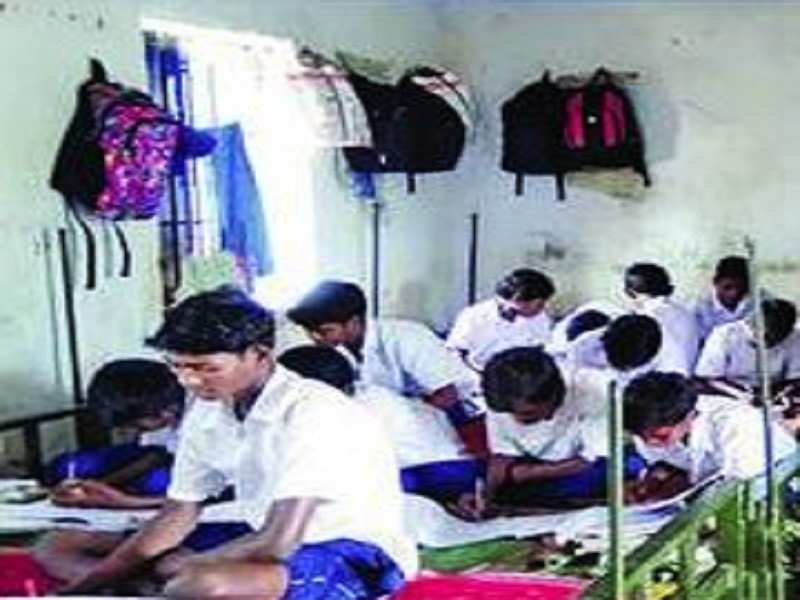EDUCATION
The Kotia Ashram School, Odisha does not have even the basic infrastructural facilities and symbolizes the absence of sustained reform in the domain of school education in India.
Samhita K is currently working as French and English Teacher at Quickstep English Centre, a language school situated in Bangalore.
The Kotia Ashram Vidyalaya (designed for SC and ST students) in Koraput’s Pottangi block, Odisha is unable to meet the basic needs of its students. The school does not have a sufficient number of teachers, running water, clean washrooms, classrooms and other infrastructural facilities. The lack of water facility has led to more than four hundred and sixty students from the school to use the surrounding filthy water stream to fulfill their sanitation requirements. The school does not have teachers for Mathematics, English and Science. There are just four teachers in the school including the headmaster who have to control the school infrastructure as a whole.

Image Source : TOI
The dilapidated condition of a tribal school situated in Koraput, Andhra Pradesh is just one among several such schools in India. Basic amenities which are essential are unmet in this school for students belonging to the Scheduled Tribe and Scheduled Caste community such as water and toilet facility.
Although the school authorities emphasize that the basic needs are being given priority, justice seems a far-fetched dream.
Education is one of the basic needs every individual must be allowed aces to. Is a school with modest facilities too much to ask for? It seems so in this scenario. Lack of physical resources goes to say that there is a corresponding lack in the mental resources, or “cognitive richness” being acquired by the pupils.
According to one of the greatest psychologists, Abraham Maslow, only when physiological needs are fulfilled can the person move on to the next set of needs in the pyramid of needs – safety and security needs.

When the first two sets of needs have not been met, how can the children move to the next one, which is to form compassionate relationships and feel a sense of belonging? Less said, the better, although there is no scarcity of words to describe the condition of the people in such a school. Thus, in order to become successful people later in life, and thereby fulfill the need for self-esteem, all the other lower needs must be satisfied.
Who provides these and where? The obvious answer is in homes and in schools, the two most crucial places for a child. The home environment and the educational institution play a vital role in moulding the child, and take the child “from roots to wings.” These environments are the stepping stones to a successful personal, interpersonal and occupational life.
Therefore, they are of utmost importance. Education for all is not just enough. Quality education for all children, irrespective of linguistic, socio-economic, caste, religious and ethnic differences must be guaranteed by the government. India being a potpourri of cultures has immense potential and it must be garnered for the betterment of society through literacy and education.
To sum it all, if education is not given the importance it deserves, the country will not be given the respect it deserves in spite of its rich historical monuments, scenic topography, and even richer and great epics. The significance of educational reform cannot be stressed enough, it is fundamental to the nourishment of the nation.











